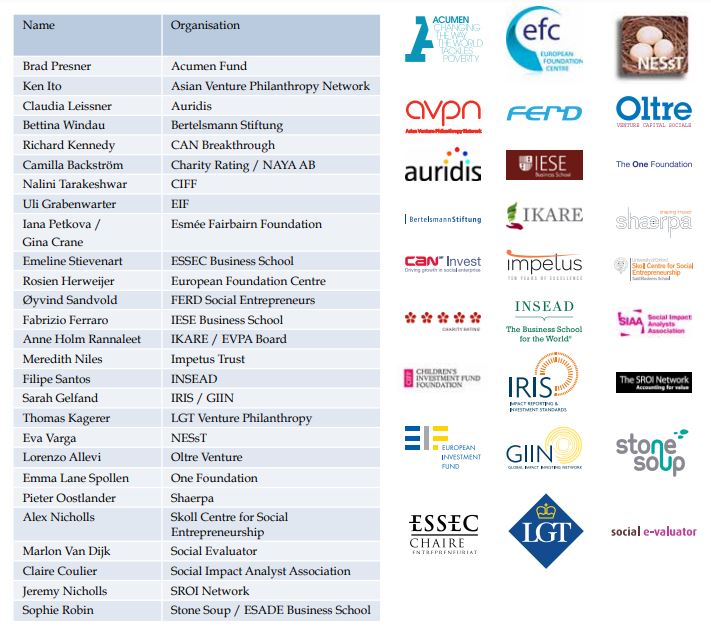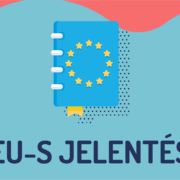Foreword
Education systems need to prepare students for their future, rather than for our past. In these times, digitalisation is connecting people, cities and continents to bring together a majority of the world’s population in ways that vastly increases our individual and collective potential.
But the same forces have made the world also more volatile, more complex, and more uncertain. And when fast gets really fast, being slow to adapt makes education systems really slow. The rolling processes of automation, hollowing out jobs, particularly for routine tasks, have radically altered the nature of work and life and thus the skills that are needed for success. For those with the right human capacities, this is liberating and exciting.
But for those who are insufficiently prepared, it can mean the scourge of vulnerable and insecure work, and life without prospects. We know that preparing students with technical or academic skills alone will not be enough for them to achieve success, connectedness and well-being whatever endeavours they wish to pursue. Social and emotional skills, such as perseverance, empathy, mindfulness, courage or leadership are central to this.
We are born with what political scientist Robert Putnam calls bonding social capital, a sense of belonging to our family or other people with shared experiences, cultural norms, common purposes or pursuits. But it requires deliberate and continuous effort to create the kind of binding social capital through which we can share experiences, ideas and innovation and build a shared understanding among groups with diverse experiences and interests, thus increasing our radius of trust to strangers and institutions.
Over the last years, social and emotional skills have been rising on the education policy agenda and in the public debate. But for the majority of students, their development remains a matter of luck, depending on whether this is a priority for their teacher and their school. A major barrier is the absence of reliable metrics in this field that allow educators and policy-makers to make progress visible, and to address shortcomings.
This is why the OECD is now developing a comprehensive international assessment of the social and emotional skills of students. The study will help education leaders and practitioners better support students in the development of these critical skills. It will provide insights and guidance for jurisdictions to better understand the policies and practices that foster the development of social and emotional skills amongst students. And it will enable us to look inside a number of education systems, and understand where and how success is being achieved, for students of different ages and backgrounds.
Introduction
“Social and emotional skills” refer to the abilities to regulate one’s thoughts, emotions and behaviour. These skills differ from cognitive abilities such as literacy or numeracy because they mainly concern how people manage their emotions, perceive themselves and engage with others, rather than indicating their raw ability to process information. But, like literacy and numeracy, they are dependent on situational factors and responsive to change and development through formal and informal learning experiences. Importantly, social and emotional skills influence a wide range of personal and societal outcomes throughout one’s life.
In an increasingly fast-changing and diverse world, the role of social and emotional skills is becoming more important. A faster pace of living and a shift to urban environments means people need to engage with new ways of thinking and working and new people. Ageing and more diverse populations and the dismantling of traditional social networks place additional emphasis on people’s sense of trust, co-operation and compassion. Rising complexity and the increasing pace of technological change call for the ability to act independently and to adjust to changes on-the-go.
Social and emotional skills determine how well people adjust to their environment and how much they achieve in their lives. But the development of these skills is important not only for the well-being of individuals, but also for wider communities and societies as a whole. The ability of citizens to adapt, be resourceful, respect and work well with others, and to take personal and collective responsibility is increasingly becoming the hallmark of a well-functioning society. Increasing ideological polarisation and social tensions are increasing the need for tolerance and respect, empathy and generosity, and the ability to co-operate in order to achieve and protect the common good.
Social and emotional skills have been shown to influence many important life outcomes, but also to influence the development and use of cognitive skills. Coupled with increasing awareness of their malleability, and their growing relevance for the future world, this has attracted renewed interest from policy makers and researchers.
Despite their importance, measures of social and emotional skills are still scarce. OECD studies such as the Programme for International Student Assessment (PISA) and the Survey of Adult Skills (PIAAC) are covering a growing range of social and emotional skills and have shown not only that these skills are related to important life outcomes, but also that they can be assessed meaningfully within and across cultural and linguistic boundaries. The OECD is now taking this work further with a comprehensive international assessment of the social and emotional skills of school-age children, through the Study on Social and Emotional Skills. The skills included in the study are set out in the following pages, along with an explanation of why these skills are so important and how these skills may be fostered.
Read the whole study here:



